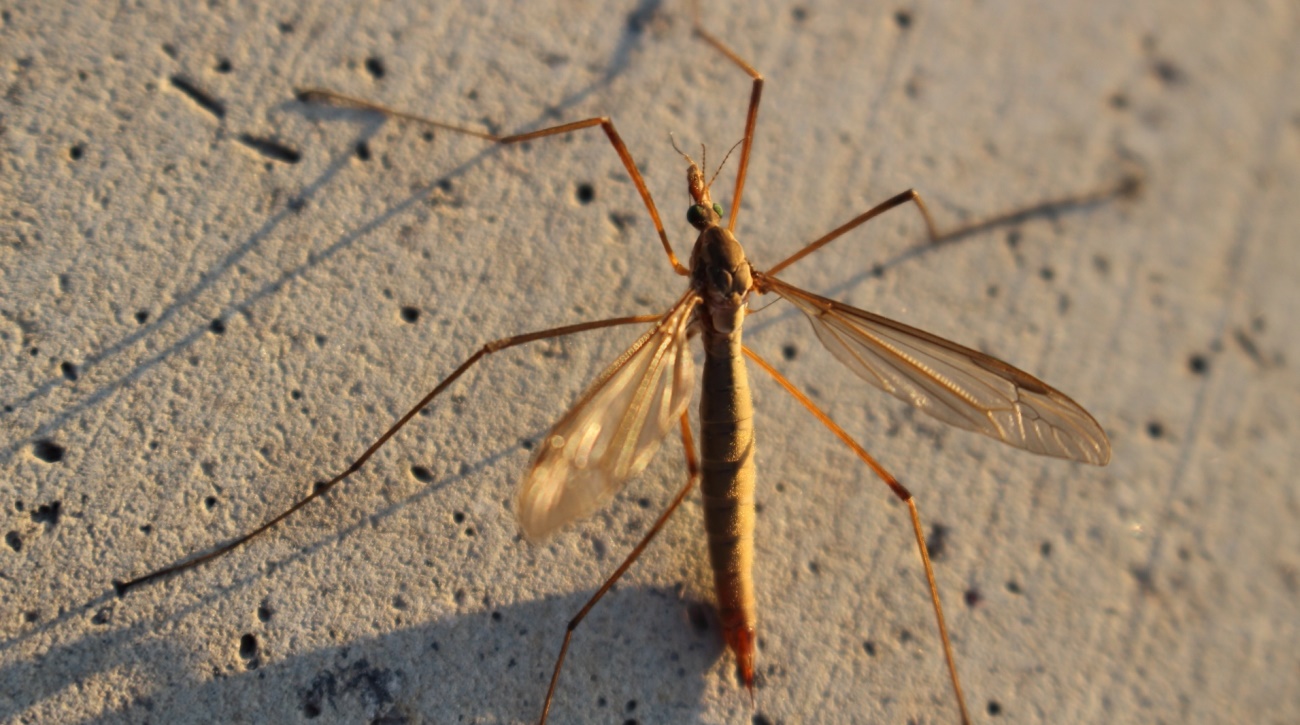Concerns about environmental justice and the environmental health impacts of Zika landed Assistant Professor Amanda Northcross in Brazil in the weeks before the Olympics began. She divided her time between Rio de Janiero and the state of Bahia located on Brazil’s east coast.
In Rio, Northcross made progress on the “Health, Environment, Arboviruses and Temperature (HEAT)” project that had also brought both her and Associate Professor Sabrina McCormick to Brazil earlier in the year. In collaboration with the Brazilian Ministry of Health and the Fundação Oswaldo Cruz (Fiocruz), the researchers are investigating the relationship between temperature, environmental characteristics and the incidence of mosquito-borne illnesses, including Dengue fever, Chikungunya, and Zika (all of which are arboviruses).
“We know that heat plays a key role in mosquito behavior, including how often they bite, how long they live, and how often they reproduce,” Northcross explains. “We also know that the neighborhood environment impacts the ability of mosquitoes to breed. If there is lots of trash lying around, communities are likely to have more mosquitos. Scientists recognize that diurnal variability plays a key role in how mosquitos behave, but little is understood about the specific impacts of neighborhood characteristics that impact diurnal variability, such as housing density and the lack of green space,” she says.
For the project, the researchers will have access to surveillance data on the viruses. They will use geographic information systems data about the neighborhoods, such as tree coverage, housing density, and sanitation, to see how these factors impact the presence of the viruses. The two GW researchers are on a course to install monitors that will measure temperature and humidity.
McCormick’s ongoing research in Brazil also includes a project investigating how the country can achieve sustainable energy development to help combat the impacts of climate change.
Environmental Justice in Bahia, Brazil
In Bahia, Northcross helped investigate the effects of a chemical leak. The state is one of the country’s poorest, with a high population of dark-skinned residents who tend to be disproportionately impacted by health issues. “We see the same kinds of equity issues in Brazil as we do in the United States related to environmental health,” she observes. In Brazil, racial identity is complex and people generally use color describe it, not race.
The leak was in an area in Bahia known as Camaçari that is home to the largest petrochemical complex in the southern hemisphere. Other industries operating in the area include copper processors and paper mills. Multinational companies operating manufacturing plants in the area include Ford, BASF, and Bridgestone.
Exposure to high quantities of the sulfur dioxide that was leaked into the air around Bahia can be life-threatening, according to the Agency for Toxic Substances and Disease Registry. The industrial gas can harm the human respiratory system and combine with other compounds in the atmosphere to form small particles that can penetrate deeply into the lungs and cause additional health problems. Previously healthy nonsmoking miners who breathed sulfur dioxide released as a result of an explosion in an underground copper mine developed burning of the nose and throat, breathing difficulties, and severe airway obstructions.
Sulfur dioxide can also harm trees and plants by damaging foliage and decreasing growth, according to the U.S. Environmental Protection Agency.
Several people lost their voices after the sulfur dioxide leak, which inspired Dr. Courtney Woods of the University of North Carolina’s Gillings School of Global Public Health to recruit Northcross to come down to Bahia to determine if air monitoring, one of Northcross’ specialties, is feasible. Citrus trees in the area were also damaged and stopped producing fruit. “Our goal was to understand what the concerns of the community were and to document how the chemical leaks impacted their quality of life. We soon hope to collect preliminary data on the concentrations of pollutants in the community’s air.”
Northcross collaborated with researchers in Bahia led by Rita de Cássia Franco Rêgo, an Associate Professor at the Medical School at the Universidade Federal da Bahia, on a project that would set up monitors to collect data for a pilot study. The school is located in Salvador, the state’s capitol. As part of the project, the research team connected with environmental engineers from companies operating in the area. “It is very clear that companies are aware of the pollution that they are emitting. But companies do not seem very motivated to make changes. There doesn’t seem to be a lot of pressure coming from the government,” Northcross says. The potential impact of Brazil’s plans, announced after Northcross’ departure, to establish a national chemical register and create technical committees for imposing regulatory measures are unclear.
Northcross and her colleagues investigated what data were available from air monitors already in place in Camaçari, including ones operated by private companies for the Brazilian government. The people who collect the data seem to be managing it expertly, Northcross says, but they will not share the specifics of what they collect. “They claim that the data are publicly available because they operate a website where visitors can learn whether a given day’s air is ‘good’ or ‘bad,’” she says.
“When you have a community where members have had health issues, more data are needed,” Northcross contends. She and her colleagues want to collect data to determine how much sulfur dioxide and other air pollutants community members are exposed to and evaluate the impacts on the community’s health. “We want to help empower the community and give them tools to ensure that the people living there can stay healthy,” she says.


